When is the Best Time to Start a Christmas Tree Farm?
- October 20, 2023
- 0 comment
Having delved into the world of Christmas tree farming, I’ve come to appreciate the intricate dance of timing involved in establishing and sustaining a flourishing tree farm. This isn’t a venture where you can merely dig a hole, plant some seeds, and watch the magic happen; rather, it’s a meticulous process that demands thoughtful strategy. With this review, I’ll be your compass in navigating the critical elements of commencing a Christmas tree farm and pinpointing the opportune moment to commence this holiday-inspired journey.
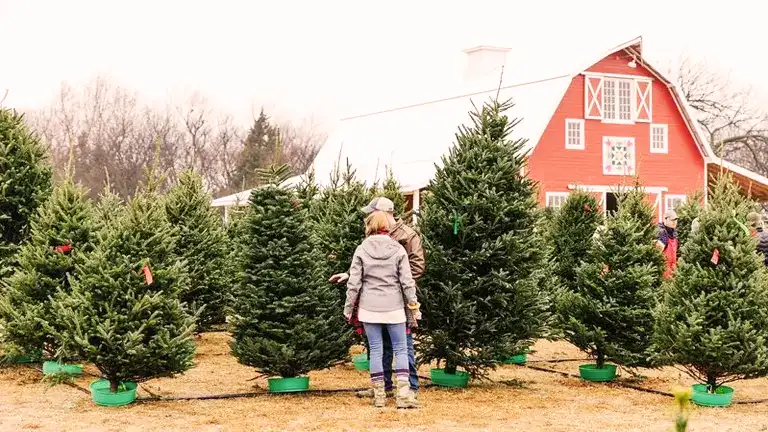
Starting a Christmas tree farm is akin to orchestrating a symphony, with timing as the conductor. It’s a harmonious blend of nature’s rhythm, soil preparation, and market demand. We’ll delve into the pivotal factors that influence when to embark on this endeavor and explain why, based on my experience and research, the spring months, spanning from late March to early May, are optimal.
This timeframe aligns with favorable climatic conditions, offers ample time for your trees to mature to marketable heights, and strategically positions you within the market to cater to holiday demand. However, it’s crucial to understand that the best timing can be influenced by your specific regional climate, tree species, and market dynamics, making careful consideration of your unique circumstances essential.
Cultivating Christmas Trees All Year Round
Christmas tree farming is a year-round endeavor that often leaves people wondering, “What exactly happens the rest of the year?” It’s a common misconception that we plant the trees and then simply kick back and relax until the holiday season rolls around. In reality, nurturing Christmas trees is akin to raising children; the planting is just the tip of the iceberg.
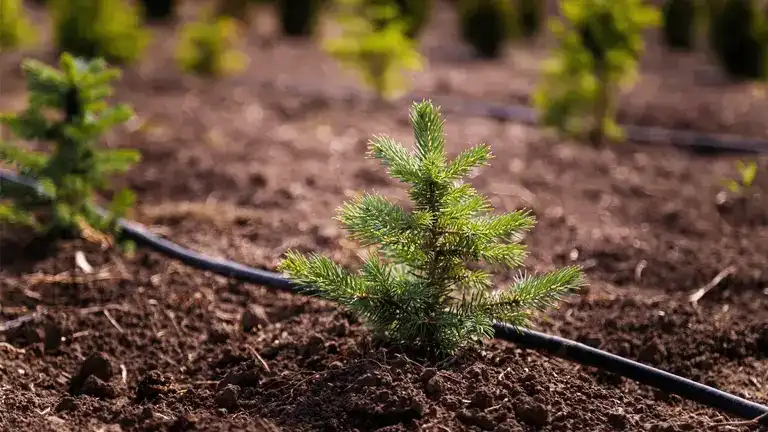
The real work unfolds as we tend to their needs, combating weeds, mowing, addressing pesky insect issues, providing essential nourishment through watering and fertilization, and even administering the occasional disciplinary shearing. This extensive commitment spans a decade or more, and much like parenting, it involves a mix of joyous moments, challenges, and perhaps even a few tears. One advantage we have over child-rearing, though, is that just as the trees mature into their “teenage years,” we get to sell them!

In all seriousness, Christmas tree farming is undeniably labor-intensive and requires continuous attention. This month-by-month insight into the daily operations of tree farming will shed light on what we do throughout the seasons to ensure that your family enjoys the “best ever” Christmas tree during the holiday season. Consider this page a work in progress, as we’ll keep adding commentary and photos to provide a comprehensive view of our year-round efforts. And here’s a unique perk – I can’t be holding a shovel if I’m behind the camera capturing the journey!
Choosing the Right Christmas Tree Variety
In the United States, Christmas tree farming offers a selection of four primary tree varieties: firs, pines, spruces, and cypresses. However, determining the ideal tree to cultivate requires thorough research and collaboration with local producers. This collaborative approach helps you identify which tree varieties thrive in your specific region and which types resonate most with your local community’s preferences. Additionally, recognizing that the growth rates of Christmas trees differ among these various species is of utmost importance, ensuring that you make an informed choice aligned with your farming goals and the unique conditions of your locale.
Considerations When Launching a Christmas Tree Farm
Embarking on a Christmas tree farming venture entails a multifaceted approach, encompassing several vital elements. The key steps involved in the process span from soil preparation, planting, shearing, weed control, and pest management, to fertilization, harvesting, labor management, marketing, sales, and more.
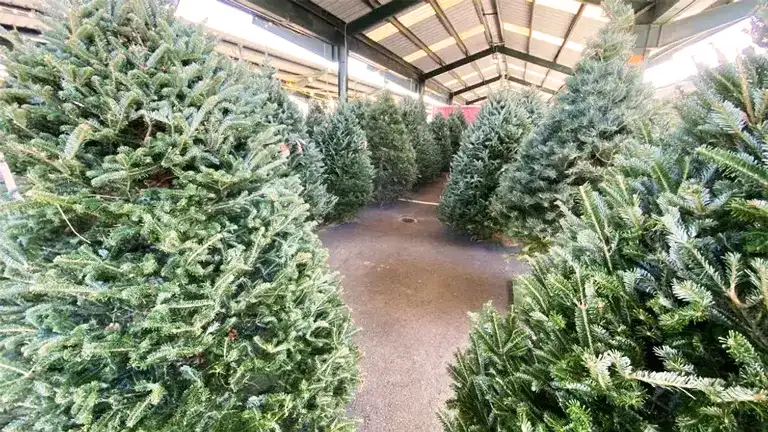
Before delving into the intricacies of Christmas tree farming, it’s crucial to grasp what sets this form of agriculture apart from other types:
- Extended Growth Period: Christmas trees require a significant time investment, typically ranging from four to 15 years, with an average maturation period of seven years. During this phase, you must be prepared to dedicate both time and financial resources without immediate returns, making it imperative to establish a secure financial foundation in partnership with a reliable lender.
- Seasonal Planting and Harvesting: The seasonal rhythm of Christmas tree farming involves planting in the spring, shearing throughout the summer, and harvesting in the winter. Understanding and aligning with these natural cycles is essential for a successful tree farm.
- Acreage and Planting Density: Notably, according to experienced Christmas tree grower Gregory Bartels, you can typically plant around 1,500 trees per acre, a figure that underlines the importance of efficient land use.
Costs and Revenues
In the realm of agriculture, comprehending the associated production expenses is vital, and securing the necessary financing is essential. When initiating a Christmas tree farm, a significant upfront cost is typically attributed to acquiring the land for cultivation. Beyond land acquisition, Christmas tree operations involve a spectrum of other expenses, including labor, site preparation, planting, corrective pruning, vegetation control, insect and disease management, pruning and shearing, as well as expenses related to marketing and harvesting.
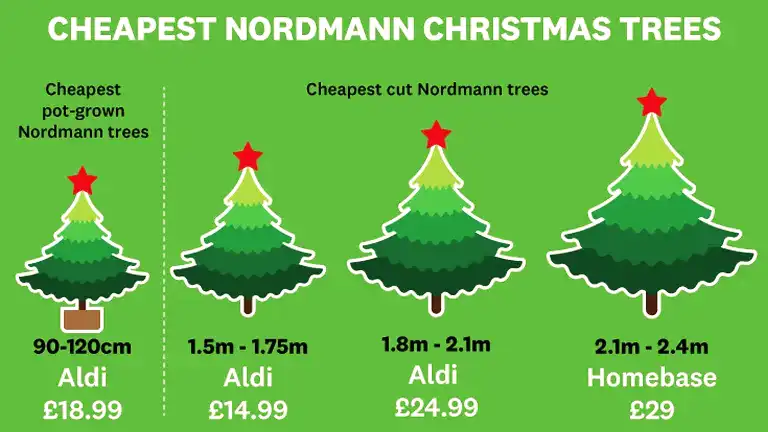
Besides accounting for expenses, it’s equally imperative to develop a rough estimate of potential revenue for your Christmas tree farm. Notably, the National Christmas Tree Association reported that the median price of a real Christmas tree in 2019 was $76.87. The profitability of your venture hinges on the interplay between your production costs and the selling price of your trees, making a thorough understanding of these two variables pivotal for financial success.
Sales Strategies
In the world of Christmas tree farming, there exist multiple avenues for selling your trees, each with its own set of pros and cons. You can choose to engage in wholesale transactions or opt for direct sales within your community. When selling to your community, you have the flexibility to offer cut-your-own Christmas trees, precut options, or even a combination of both.
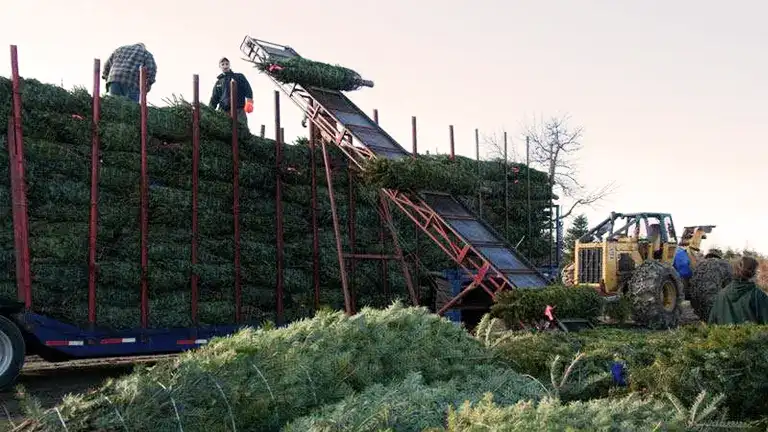
Opting for wholesale sales can save you time, although it typically results in a lower profit per tree. Conversely, selling directly to the local community can command higher prices per tree, but it entails a more substantial investment of time and labor.

Once you’ve determined your preferred customer base and sales approach, crafting an effective marketing plan becomes essential. For many local farmers, harnessing the power of social media emerges as a highly effective strategy. This modern tool not only allows you to showcase your products but also provides a window into life on the farm, establishing a deeper connection with your community and potential customers.
Timing is Everything
When it comes to starting a Christmas tree farm, timing truly is everything. The decision on when to begin your venture can greatly affect your success in this seasonal business. I’ll break down the key factors to consider:
- Location, Location, Location: Before pinpointing the best time, you must select the ideal location for your tree farm. The climate, soil quality, and local market demand all play a significant role in your farm’s success. Familiarize yourself with your region’s climate and growing conditions to identify the best time to start planting.
- Tree Species: The type of Christmas tree you plan to grow also influences the timing. Popular varieties like Douglas fir or Balsam fir have different growth rates. Knowing your target market’s preferences is crucial in determining when to start.
- Seedling Age: Christmas trees take several years to mature. Typically, they require 7-10 years to reach a desirable height for sale. This means you need to factor in this growth period when deciding when to start your farm.
Acquiring Suitable Land
Securing a piece of land suitable for cultivating Christmas trees is a crucial initial move in this agricultural endeavor. The chosen land should fulfill specific criteria, including accessibility, a gently sloping terrain for proper air circulation and surface water drainage, and well-drained conditions since Christmas trees thrive in well-drained soil. Once you’ve acquired the land, meticulous planning comes into play as you lay out your Christmas tree farm. The strategic placement and adequate spacing of the trees are paramount, allowing not only for healthy growth but also convenient vehicle access, ensuring a well-organized and flourishing Christmas tree farm.
The Optimal Timeframe
The timing of when to embark on your Christmas tree farming journey plays a pivotal role in your farm’s ultimate success. Based on a blend of practical experience and thorough research, the ideal window to kickstart your Christmas tree farm falls within the spring months, typically from late March to early May. Here’s a detailed breakdown of why this timeframe proves to be the most advantageous:
Climate
Spring presents a climate that is particularly favorable for the growth of young Christmas tree seedlings. The milder temperatures and more consistent rainfall provide an optimal environment for their initial development. This creates the foundation for strong and healthy tree growth over the years to come, ensuring robust and vibrant trees in time for the holiday season.
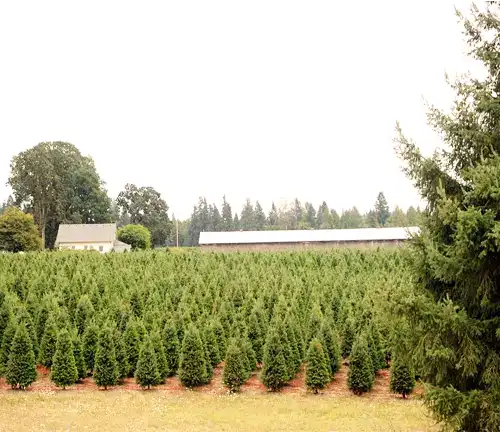
Soil Preparation
Early spring offers the perfect opportunity to prepare your soil for planting. During this season, the soil is more workable, allowing for essential amendments and adjustments to be made. It’s a critical step in creating an environment that is conducive to nurturing thriving Christmas trees. Adequate soil preparation sets the stage for long-term success in your tree farming endeavor.

Market Timing
One of the key factors in determining the optimal timing for starting a Christmas tree farm is aligning your planting schedule with market demand. Christmas trees planted in the spring have a few years to grow and mature before being ready for harvest. This synchronization ensures that your trees are primed for sale just when holiday demand hits its peak, allowing you to cater to the festive spirit and maximize your returns.

Reduced Competition
Another strategic advantage of spring planting is that many tree farmers tend to start their operations later in the year. By kickstarting your farm in the spring, you can gain a competitive edge by minimizing direct competition in the market. This gives you a head start in establishing your brand and capturing your share of the Christmas tree market, positioning you for long-term success.
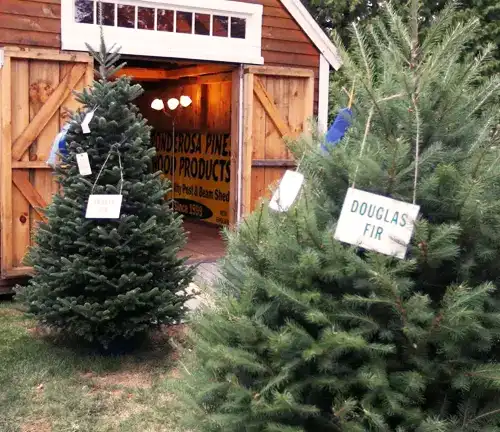
Four Compelling Reasons to Launch a Christmas Tree Farm
There are numerous advantages to embarking on a Christmas tree farming venture that has far-reaching implications for your operation, your community, and the environment.
- Diversification: Christmas tree farming adds stability to your agricultural business, offering a diversified income stream. Plus, it builds anticipation by inviting the community to your farm year-round.
- Sustainability: Planting trees aligns with environmental stewardship, benefiting the planet and your operation. Christmas trees contribute to carbon sequestration, oxygen production, wildlife habitat, and soil stability.
- Community Connection: Welcoming the community to your cut-your-own tree farm fosters a personal connection, educates them about farming, and builds loyalty through cherished holiday traditions.
- Increased Demand: The pandemic has boosted demand for Christmas trees, making it a thriving market with great potential for growth and financial success.
Pros and Cons
Pros
- Optimal Growth Conditions: Spring is synonymous with the renewal of life in the natural world, offering Christmas tree seedlings the best possible start. The warm temperatures and extended daylight hours provide ideal growing conditions. This enables young trees to photosynthesize effectively, converting sunlight into energy, and putting on healthy, lush growth.
- Adequate Time for Growth: Starting your Christmas tree farm in spring is akin to getting a head start on a marathon. With ample time ahead, your trees have several years to grow and mature into marketable sizes. This extended growth period is particularly advantageous, as it allows for robust, full-bodied trees that are much more appealing to customers during the holiday season.
- Better Disease Resistance: Spring planting introduces trees during a season when they are less susceptible to diseases and pests. The warmer temperatures and higher humidity of summer can encourage various tree ailments, making spring’s cooler and drier conditions a beneficial choice for minimizing potential issues. This can reduce the need for chemical treatments, promoting more eco-friendly and healthy tree farming practices.
Cons
- Initial Costs: The upfront investment for spring planting can be quite substantial. It encompasses several expenses, including the cost of purchasing quality seedlings, preparing the soil, and establishing necessary fencing or protective measures to keep pests at bay. These costs may be intimidating for newcomers to the Christmas tree farming business.
- Patience Required: Patience is not just a virtue; it’s a necessity when it comes to tree farming. Starting in spring is a commitment to the long term, and you’ll need to wait several years before seeing significant returns on your investment. This is not a get-rich-quick endeavor; rather, it’s a slow but rewarding process that requires dedicated care and attention as you nurture your trees into maturity.
Conclusion
In conclusion, the timing of when to start your Christmas tree farm is a critical decision that should not be taken lightly. From my own experience and thorough research, the spring months, spanning from late March to early May, offer a host of advantages, including optimal growth conditions, sufficient time for maturation, and reduced competition. This strategic choice ensures that your trees are ready to meet the holiday demand, providing the best opportunity for a successful and profitable tree-farming venture. However, remember that your specific location, chosen tree species, and market dynamics may influence your timing, so adapt your approach to suit your unique circumstances. Starting a Christmas tree farm is not just a business; it’s a long-term commitment that requires dedication, patience, and a love for nurturing these festive symbols, with the reward of sharing holiday joy for years to come.
Frequently Asked Questions
- When is the ideal season to start a Christmas tree farm?
The spring months, generally from late March to early May, are considered the best time to begin your Christmas tree farming venture. - What are the benefits of starting a Christmas tree farm in the spring?
Spring offers optimal growth conditions, adequate time for trees to mature, better disease resistance, and reduced competition. - Can I start a Christmas tree farm at other times of the year?
While spring is preferred, it’s possible to start a Christmas tree farm at other times, but it may come with different challenges and considerations. - How long does it take for Christmas trees to grow to a marketable size?
Christmas trees typically take 7-10 years to reach a desirable height for sale, making early planning essential. - Are there specific tree species that are better suited for spring planting?
The choice of tree species can influence your planting timing. Research and select varieties that align with your chosen start date. - What factors should I consider when deciding on the timing for my tree farm?
Factors to consider include your local climate, soil quality, target market, and the specific species of trees you plan to cultivate. - Are there downsides to starting a Christmas tree farm in the spring?
Potential downsides include the initial costs involved and the need for long-term commitment and patience. - Is it essential to monitor local market demand when determining the best time to start a tree farm?
Yes, aligning your planting schedule with market demand is crucial to ensure you have trees ready for sale during the holiday season. - What are the key soil preparation tasks involved in spring planting?
Soil preparation includes testing and amending the soil, enhancing drainage, and creating a suitable environment for healthy tree growth. - How can I minimize competition when starting a Christmas tree farm in the spring?
Starting in the spring provides a competitive advantage, as many farmers begin later in the year. This allows you to establish your presence and reduce direct competition in the market.
We’re eager to hear from you! Your experiences and thoughts on the best time to start a Christmas tree farm would be incredibly valuable. Feel free to share your insights and tips in the comments section below. Your input can go a long way in assisting aspiring tree farmers in making well-informed decisions tailored to their unique circumstances. So, don’t hesitate to join the discussion and contribute your knowledge to the community!

Edward Smith
Forestry AuthorWoodworking is about more than crafting; it's a harmonious connection with nature, mastering tools, and preserving our environment. I'm here to share my knowledge and experiences with you, forging a future where we can embrace wood's beauty and utility while safeguarding our forests' health and diversity.

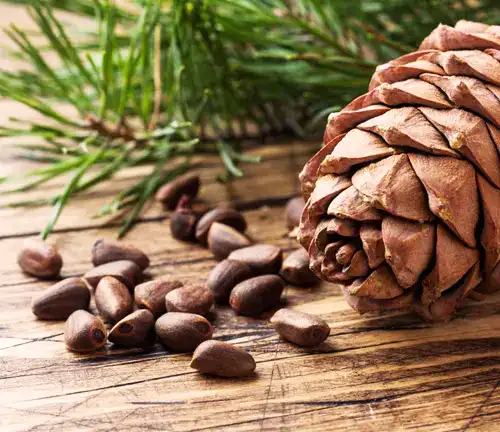
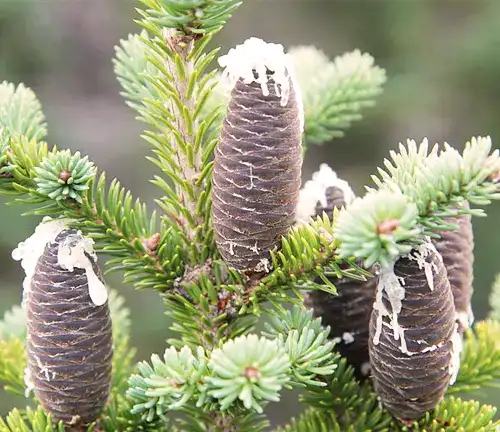



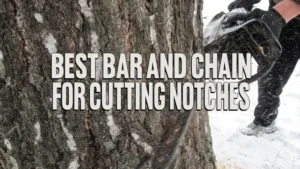






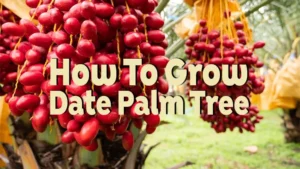
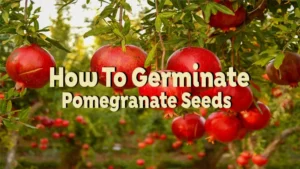
Leave your comment